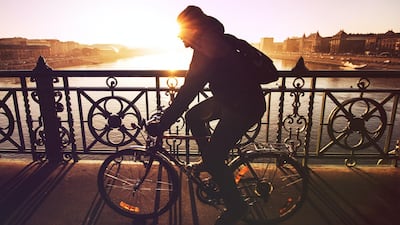










Wizz Air: What to see, eat and do in the five new cities you'll soon be able to fly to from Abu Dhabi
Low-cost fares to Budapest, Bucharest, Cluj-Napoca, Katowice and Sofia mean new choices for short breaks from the UAE

Hayley Skirka
May 11, 2020
- Listen in English
- Listen in Arabic